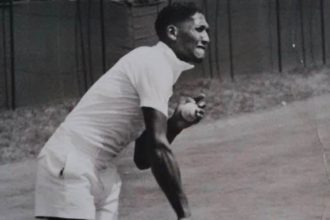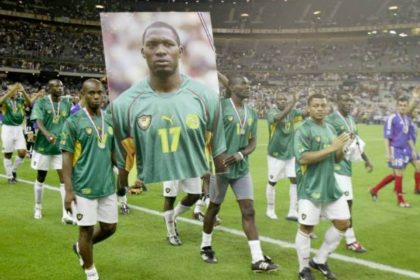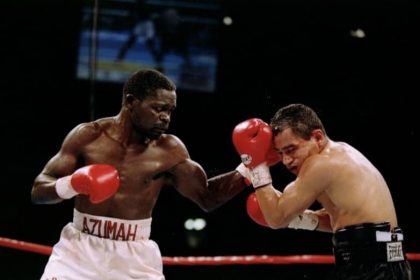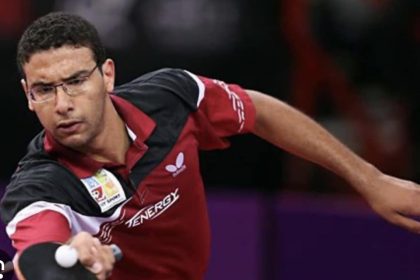In this edition, we will veer away from our sequence, Introduction to Golf, which we have been doing for a while. It is high time we took a critical look at the well-liked game and why it has not been a huge success in Africa despite its seemingly growing influence on the Continent.
I will dissect the sport, identify problems, and go a step further by proffering what I see as solutions. I also implore readers to proffer local solutions based on what is happening in their localities since this piece only takes a helicopter view of the situation.
There are several tournaments in the golfing calendar every year, but there are four main tournaments called ‘Majors’. The four major tournaments, also known as The Majors, are staged annually. They are The Masters, The US Open, The Open Championship, and last but important, The PGA Championship.
The Masters tournament holds in April at Augusta National Golf Club in Augusta, Georgia, USA, while the US Open is staged in June at various courses throughout the United States. The Open Championship, also known as the British Open, is played in July at a rotating selection of links courses in the United Kingdom, and the last on the list, PGA Championship used to be played in August, but was moved to be played in May in 2019 at various courses throughout the United States.
These four tournaments are considered to be the most prestigious events in men’s professional golf and winning one of them is a significant achievement for any golfer.
The criteria for golfers to participate in these major tournaments vary. Touching on the Masters, it is strictly by invitation. The tournament committee extends invitations to select golfers who meet certain criteria, such as previous winners of the Masters, major champions from the past five years, and top finishers in certain PGA Tour events.
The US Open is open to any professional golfer, as well as amateur players with a low handicap. Golfers can qualify through a variety of channels, including previous US Open winners, top finishers in other major tournaments, and players who perform well in designated US Open qualifying events.
The remaining two tournaments, The Open Championship and The PGA Championship, just like the US Open, are accessible to professional golfers, as well as amateur players.
In addition to these qualifying criteria, there are often exemptions for certain golfers based on their world ranking or previous tournament performance. The specific details of the qualifying process can vary from year to year and are determined by the governing bodies of each tournament.
It is also important to know how golfers are ranked worldwide, which makes them qualify or eligible for golf tournaments worldwide.
Professional golfers are ranked worldwide using the Official World Golf Ranking (OWGR), which is a system that measures the performance of golfers over a rolling two-year period. The OWGR is based on a golfer’s average performance in major tournaments, official PGA Tour events, European Tour events, and other select tournaments around the world.
The OWGR uses a points-based system that takes into account a golfer’s finishing position in each tournament, as well as the strength of the field and the number of players in the field. The higher a golfer finishes in a tournament, the more points they earn. The more points a golfer earns over the two-year rolling period, the higher their ranking on the OWGR.
The OWGR is updated every Monday and is used to determine eligibility for various tournaments, including the majors and other significant events. The top 50 golfers in the OWGR are exempt from having to qualify for certain tournaments and are often given automatic entry.
It is worth noting that there are other ranking systems used in golf, such as the FedEx Cup rankings and the European Tour’s Race to Dubai, but the OWGR is considered to be the most comprehensive and widely recognized ranking system in the world.
In all these ranking systems, and as wide as they provide opportunities for golfers, it should be of note that only a few Africans have featured consistently at The Majors.
However, it is noteworthy that South African golfers have represented the Continent fairly well. Golfers like Ernie Els have won the Major on four different occasions, and have also won 74 professional tournaments during his career, which also saw him inducted into the World Golf Hall of Fame in 2011.
Gary Player is also considered as one of the greatest golfers to have won the US Open at the age of 29 in 1965 and also one of the few golfers to have won Career Grand Slam in Golf, winning all four Majors at a point in time. Carl Schwarztzel is also another South African that has won the Major in 2011.

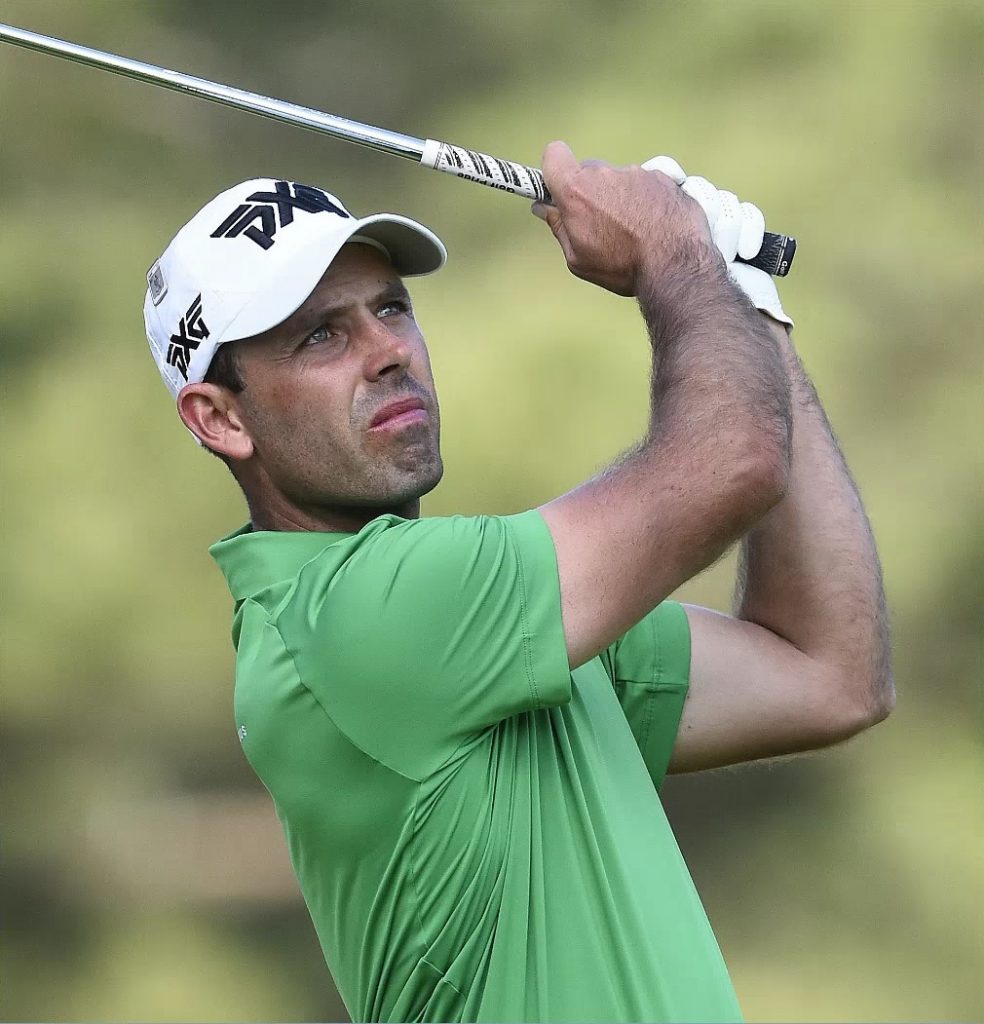
As at today, there are ten South Africans rated in the world ranking. Among them are Louis Oosthuizen, Christiaan Bezuidenhout, Erik Van Rooyen, Garrick Higgo, just to mention a few.

It is noticeable that South African golfers have made visible landmark achievements in the game, thus giving Africa a representation worldwide. But we need to know why other African countries are not recording success in the game. At this point, we will take a critical look at the hindrances to the development of golf in other African countries apart from South Africa.
The most noticeable challenge of golf in Africa is lack of facilities. One of the most important factors in golf is the golf course and it can be said authoritatively that there is not enough golf courses in African countries. In the whole of Lagos as a cosmopolitan city, hardly can we count five golf courses that are active where people can play and hone their skills. As a matter of fact, we can hardly identify 20 standard golf courses in Nigeria as a whole.
The world is home to almost 40,000 golf courses. USA has 16,752, leaving Japan a distant second
with 3,169, and Canada in the third position with 2,633 golf courses. Out of which we have less than 600 golf courses in the whole of Africa with South Africa’s 489 golf courses being well over 80% of the total combined golf courses in the continent. Next to South Africa in the continent of Africa is Morocco with 45 golf courses, despite its proximity to Europe with no more than a 3-hour flight from many European airports. There are also just 13 golf courses in or near the whole of Tanzania, for instance and only 10 in Mauritius.

If there are no golf courses, golfers can not improve on their games, as golf requires daily practice for golfers to excel.
Another setback that is keeping the sport from gaining ground on the Continent is dearth of serious tournaments. Participating in competitive events keep golfers on their toes, and make them practice day in day out, knowing full well that tournaments come with big money wins and also give them points in world ranking.
In Africa, golf is still regarded as a rich man’s game and this is one of the major challenges of the sport in Africa. As a result, youths who really have natural talent for the sport are discouraged from taking it as career due to this stereotyped thinking. The cost of equipment is just totally unbearable for a struggling child, so also are the funds needed for trainers (swing coaches) who can tutor them to professional levels.
The exposure level of many African golfers to the sport is totally low. Except for South Africa where there are various corporate organizations that are ready to give tournament sponsorship, other countries do not enjoy this luxury. If these budding golfers are not exposed to sponsors who in turn expose them to big tournaments, their development will be greatly impaired.
Until now, golf is still viewed as a foreign game in most African countries, so the people are not yet well incorporated into the sport. There are still very few heroes on the Continent that can serve as role models for aspiring youths in the game. As a result, the youths are not well informed about the potential possibilities the game can create for them.
To wrap up this piece, I will proffer solutions to the aforementioned setbacks for the sport to move forward in a positive direction in Africa.
Improving golf in Africa requires a concerted effort by stakeholders across the continent, including governments, golf associations, private sector organisations, and individual golfers. Here are some solutions that could help improve golf in Africa.
The first serious step to take for golf to grow in Africa is the development of golf courses and training facilities across the continent. This will help to make the sport more accessible to people in Africa. Governments and private sector organizations can work together to provide funding and resources to build new courses and upgrade existing facilities.
Making golf equipment and apparel more affordable and accessible can help increase participation in the sport. Initiatives such as golf equipment donation programmes, equipment rental programmes, and second-hand equipment markets can help make golf more accessible to people from low-income communities.
Provision of golf education and training programmes can help develop talent and improve the skill level of golfers in African countries. Golf associations can work with local coaches and trainers to provide instruction and guidance to young golfers, helping to identify and develop talents.
Creating sponsorship and endorsement opportunities for African golfers can help promote the sport and provide financial support to aspiring professional golfers. This can be achieved by partnering with corporations and companies that are interested in promoting golf in Africa.
Promoting golf in Africa through media campaigns, tournaments, and other events can help raise awareness of the sport and generate interest among potential new golfers. Golf associations can work with local media outlets to promote the sport and to highlight the achievements of African golfers.
Investing in grassroots development programmes can help increase participation in the sport and create a pipeline of talented golfers for the future. This can involve supporting school-based programmes, creating community-based golf initiatives, and providing access to golf courses for young people.
Overall, improving golf in Africa will require a deliberate long-term commitment from a range of stakeholders. This is what a country like South Africa has inculcated long time ago and they are benefitting from it now. Golf courses are located throughout the country, with concentrations in major metropolitan areas such, as Johannesburg, Cape Town, and Durban, as well as in more rural regions.
South Africa is known for having some of the most beautiful and challenging golf courses in the world, designed by the biggest names in golf course designing. The benefits of promoting the sport includes improved health outcomes, economic opportunities, and increased access to global markets, and it’s a worthwhile investment considering our natural physical endowment (height, muscles and power) for the game.
References:
How Many Golf Courses Are There In The World?:
by Elliot Heath, July 2022.
Blondin, Alan “On Grand Strand Golf. The Sun News, March 3, 2014.
“The 13 SA golfers flying the flag high at 2021 Open Championship”:
By Lynn Butler
14 Jul 2021
(Edited by Abimbola Ajayi)


